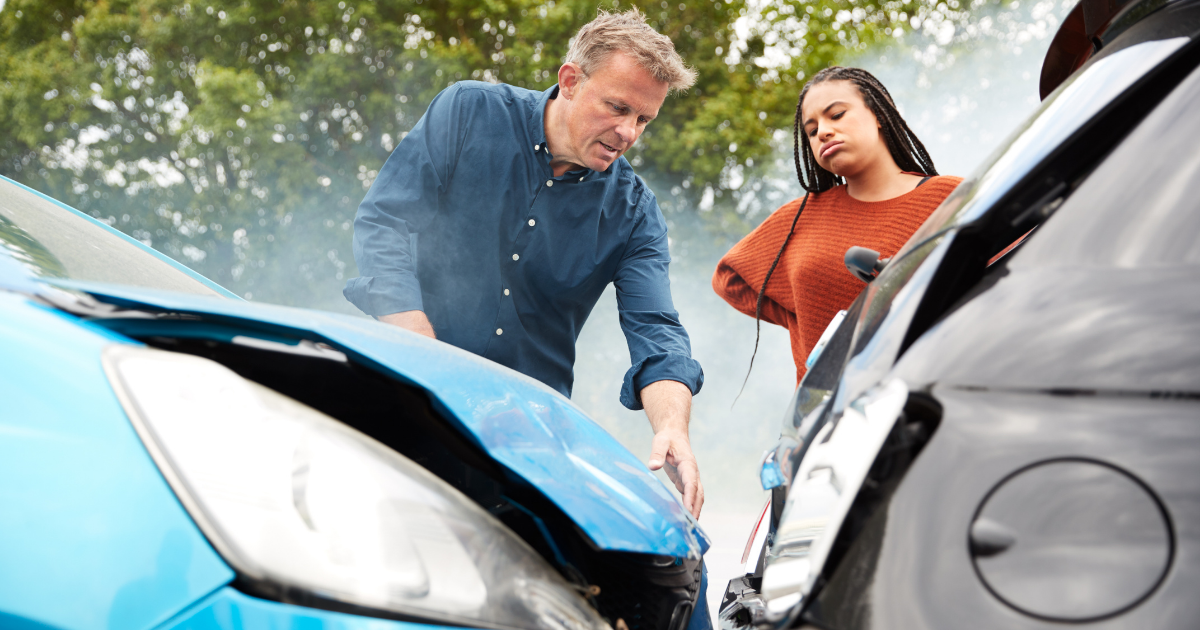MENU
- Home
- Overview
- Attorneys
- Practice Areas
- Firm News
- Blog
- Contact

A car accident can happen in an instant, and not being able to recall every detail is common after you have been involved in a collision. However, accident reconstruction can help determine which driver is ultimately responsible for the collision.
Using forensic science, accident reconstruction demonstrates the cause of the crash, the roles of each driver, the cars, the road, and the surrounding environment. Law enforcement agencies, lawyers, and consultants regularly use accident reconstruction experts to analyze what happened during a car crash.
Accident reconstruction is used beyond the scope of a single car accident as well. It is beneficial for determining road improvements and safety designs in cars.
Generally carried out by law enforcement or experts, using accident reconstruction is often necessary to determine the cause of the crash. Without fully investigating and recreating the scene, the cause may never be determined.
Accident reconstruction is the process of gathering evidence and performing an in-depth analysis on a variety of factors surrounding the crash to build a comprehensive simulation of the events leading up to, during, and after the collision. The analysis takes into account the drivers, vehicles, traffic, signage, lighting, roadway, weather, and more to determine the role of each in the accident.
To properly recreate the collision simulation, a reconstructionist essentially works in reverse, studying the after-effects of the collision to develop a conclusion as to what happened. The expert performs detailed and a precise investigation using the remaining physical evidence and data to determine the many factors associated with the crash. Some of those factors may include:
After documenting the scene, inspecting the cars, and reviewing accident reports, the reconstructionist, also called the forensic engineer, builds a visual simulation of the accident in real-time through the use of modeling and various computer technologies. Forensic engineers utilize software, such as computer-aided design (CAD), momentum, and energy analysis programs, collision simulators, vehicle specification databases, and other programs to aid in recreating the accident.
One common method uses 3D laser scanning, which creates a 3D visualization that analysists use to take measurements and develop computer models of the crash. These visualizations are the starting point toward recreating every aspect of the collision, such as speed, driver behavior, weather conditions, visibility, impact, and more.
Many newer model cars are installed with event data recorders (EDR). Similar to the black box in an airplane, these systems are able to provide data from the vehicles leading up to, during, and after the collision, such as vehicle speed, ignition cycles, braking, and seat belt status.
If you have been involved in a collision, accident reconstruction can play a crucial role in your case, particularly if there are opposing views of what happened. Accident reconstructionists are considered expert witnesses, and the court values their testimonies.
The expert testimony of a reconstructionist helps explain the truth of what happened during the crash, determine the at-fault driver, and demonstrate the severity of the accident, which helps to verify the value of your damages. This is especially helpful if you have incurred medical bills, lost wages, damage or loss of your vehicle, permanent disability, and pain and suffering as a result of the car accident.
Courts especially want to hear the expert testimony of the accident reconstructionist when the drivers have contradictory statements and when there are no witnesses or video footage of the accident. Additionally, accident reconstruction is almost always utilized in accidents that result in fatalities and wrongful death claims.
Our Delaware car accident lawyers at Jacobs & Crumplar, P.A. can utilize accident reconstruction to accurately demonstrate the details of your collision. Call us at 302-656-5445 or contact us online to schedule a free consultation. Located in Wilmington and Millsboro, Delaware, we serve clients throughout Dover, New Castle County, and Sussex County.